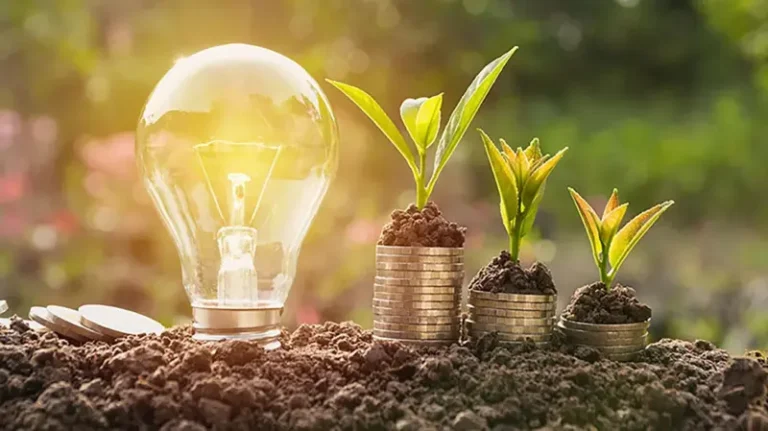### Facing Climate Urgency
In the face of climate urgency, Morocco is showcasing an ambitious environmental policy aimed at achieving carbon neutrality by 2050. The country has strengthened its international involvement since COP22 in Marrakech and has implemented strategies for sustainable development and greenhouse gas emission reduction.
### Massive Investments Needed
Decarbonizing the Moroccan economy requires massive investments. The World Bank estimates a financial effort of $78.8 billion over 2020-2030, or $7.2 billion per year (5.2% of GDP). The private sector must play a crucial role, but public finances will be essential.
### International Financing and Environmental Taxation
Morocco has secured $1.3 billion from the IMF’s Resilience and Sustainability Facility, conditioned on reforms in green public finances. Bank-Al-Maghrib is investing in green bonds to diversify its foreign exchange reserves. Environmental taxation, although mentioned in the Environmental Charter, is not yet fully integrated into the general tax code, but initiatives like the carbon tax are in preparation.
### Mobilization of Green Public Finances
Morocco intends to mobilize green public finances to guide the practices of public actors. An €80 million loan from AFD supports this transition through five axes: green budget, sustainable public procurement, green bonds, sustainable management of public institutions, and the development of a taxonomy for green finance.
### Contributions from Large Enterprises and Public Agencies
The investment plans of companies like OCP and the Moroccan Agency for Sustainable Energy (MASEN) are key to achieving decarbonization goals. OCP plans a program of 130 billion dirhams for 2023-2027, and MASEN anticipates nearly 8.7 billion dirhams in investments in 2024.
This reorientation of public finances is essential to meet Morocco’s ambitions for decarbonizing its economy.


